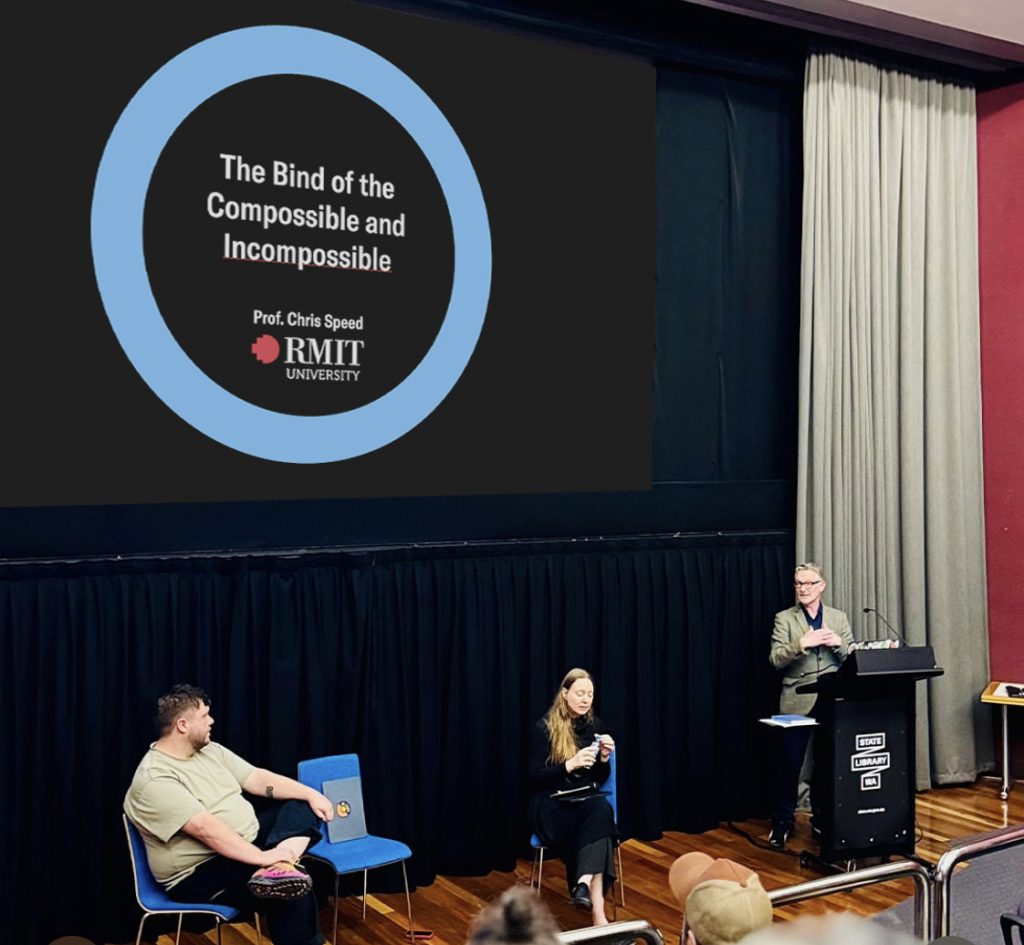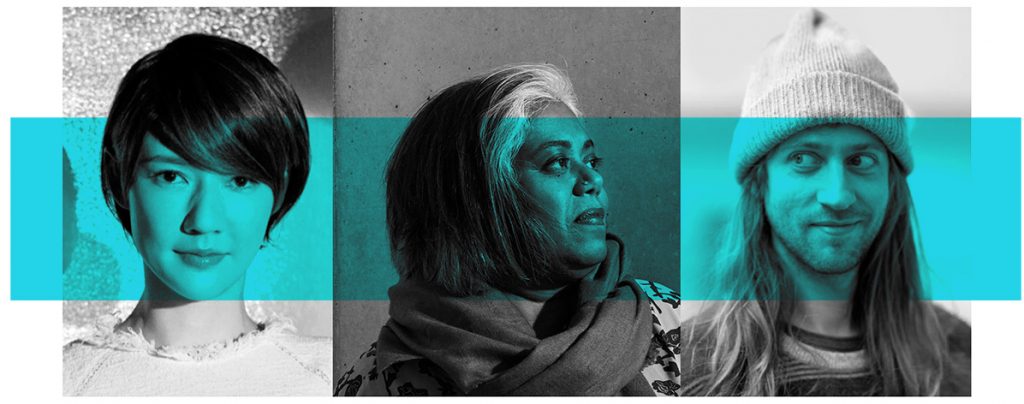Ghost Cinema App: Temporal Ubiquity and the Condition of Being in Everytime
 Last year Chris Barker and I worked on the Cinematic Geographies of Battersea: Urban Interface and Site-Specific Spatial Knowledge project. The AHRC-funded research project was conducted by the Universities of Cambridge, Liverpool and Edinburgh in partnership with English Heritage (EH). The project aimed to complement The Survey of London (EH) work on the parish of Battersea, by studying how this area has been portrayed in films over the 20th century. Read more here: http://www.cinematicbattersea.blogspot.co.uk
Last year Chris Barker and I worked on the Cinematic Geographies of Battersea: Urban Interface and Site-Specific Spatial Knowledge project. The AHRC-funded research project was conducted by the Universities of Cambridge, Liverpool and Edinburgh in partnership with English Heritage (EH). The project aimed to complement The Survey of London (EH) work on the parish of Battersea, by studying how this area has been portrayed in films over the 20th century. Read more here: http://www.cinematicbattersea.blogspot.co.uk
Edinburgh focussed on developing the Ghost Cinema app available here:
https://itunes.apple.com/gb/app/ghostcinema/id705932058?mt=8
And more recently with the help of Maureen Thomas (Cambridge), Matthew Flintham (Indepent / London / Liverpool) and Fionn Tynan O’Mahony (Edinburgh) we developed the movie below to describe who the app works in situ:
To place the idea of the app in to a loose theoretical frame, I was particularly interested in how the movement through geofences would exorcise archive material from the past and begin infiltrating live social media. This haunting of old material into real-time spaces could be described as a form to Temporal Ubiquity. ‘Ubiquity’, the ability to be everywhere at the same time, a condition historically attributed to the occult is now a common feature of the average mobile phone. Featuring applications that allow owners to connect synchronously and asynchronously to friends, colleagues and strangers, smart phones that are connected to the internet all of the time support and extend a wide reaching net – not only in real-time but across historical time.
Facebook pages such as Lost Edinburgh (https://www.facebook.com/lostedinburgh) posts old photographs of Edinburgh and thousands of followers and a huge amount of daily interest in the form of commenting on particular posts.
Other examples of keeping the past alive include Mike Jackson: 79,813,888 likes (https://www.facebook.com/michaeljackson), or
Where Were You When 911, which documents where people were during the 911 attacks in New York (https://www.facebook.com/wherewereyouwhen911).
Peggy Nelson is a new-media artist who has organised the ship’s log and diary of Ernest Shackleton into tweets that retell his 1914-1917 expedition in ‘real time’: https://twitter.com/eshackleton
Even more dramatic, because the events take place over a much shorter period of time and involve many more people, is @TitanicRealTime, which charts the preparation, launch and ultimate disaster of the passenger liner that sank in the early morning of 15th April, 1912: https://twitter.com/titanicrealtime
Since the emergence of social networks such as Twitter and Facebook, members have been using these platforms to share historical data as well as ideas that are within a zeitgeist. It is now common to find yourself following the tweets of a historical figure on Twitter who has long since died but their daily diary entries are tweeted by his/her descendants. The Ghost Cinema app exploits this temporal ubiquity by recovering historical cinematic media as users walk into locations across Battersea, London and shares this data through their personal Facebook and Twitter accounts across the network.
Less haunting but related in terms of ‘things talking’ is the final scene in Cronenberg’s Cosmopolis in which the cars express their stresses of the working day. The final scene of our movie has a reference to this idea that the landscape can chat and discuss it’s experiences from the past.
Project team:
François Penz, University of Cambridge, Principal Investigator
Richard Koeck, University of Liverpool, Co-Investigator
Chris Speed, University of Edinburgh, Co-Investigator
Maureen Thomas, University of Cambridge, Research Associate
Aileen Reid, English Heritage, Research Associate
Matthew Flintham, University of Liverpool, Research Associate
Chris Barker, University of Edinburgh, Research Associate
Related posts

“This communication is not for you.”
Looking to connect 2 recent events / conversations (as is my want) this time to explore a fundamenta

Design Frequencies: Sharing International Practice in Design Research
Already deep into semester two here. Last semester School of Design RMIT College of Design and Socia

The Labour of the Rejected / “Walk the Plank”
Still playing catchup with so many events. A few weeks ago during hashtag#DIS2025, Mafalda Gamboa an

Design Contradictions
Two projects during Melbourne Design Week with collaborators Michael Dunbar and Liam Fennessy to exp

Paradox of Collaborative Speed
Two events in Melbourne over the past 10 days week revealed a tension across contemporary technology

Slow Materials, Slow Money: Can Design Decelerate?
Two events that I’m trying to tie together to glean some connections. The CHI panel on Regenerativ

From Food Networks to AI Governance
Back to reporting on events in Narme/Melbourne. From Food Networks to AI Governance: Reflections on

Planetary Pedagogies
Following the launch of PlanetaryCivics two weeks ago, this is the second extension to contributions

Space Debris to House Keys
Part 2 of catching up with the weeks of activity in Melbourne through February. From Space Debris to

Measuring our demise
Oh Melbourne, three parallel events that spanned the week: RMIT College of Design and Social Context